We can’t tell for certain by the photos, but the most prevalent insect attacking azaleas is the lace bug. Follow these tips. If you still can’t tell, you may want to take a sample into your Extension office or a local garden center.
They are so named because of their lace-like wings. Both adult and immature bugs are usually found on the underside of leaves during April and May. They also produce a second cycle (brood) from July through September. Adult lace bugs are 1/8 inch long and 1/16 inch wide. This insect overwinters on your azaleas in the egg stage, and will hatch the following spring when the temperatures begin to warm.
Lace bugs damage azaleas by removing or sucking the sap from the plants as they feed. Damage is recognized by a blotched or spotted grayish appearance of the upper leaf surface. Eggs and spots of excrement resembling dark varnish will appear mostly on the underside of the leaves. Heavily infected leaves will turn yellow, then brown, and drop off prematurely.
A second insect pest of azaleas is spider mites or southern red mites. Spider mites are dark red and very small (0.4 mm long), and most active from January through June. Their damage closely resembles that of lace bugs. Spider mites feed on the lower leaf surfaces causing infested leaves to turn gray or brown and drop prematurely.
If you examine the leaves very carefully, you can usually see the mites or their webbing on the underside of the leaves. Another method of detection is to place a piece of white paper under several leaves. Tap the leaves on to the paper. If you have spider mites, then you’ll most likely see tiny red specks moving around on the white paper.
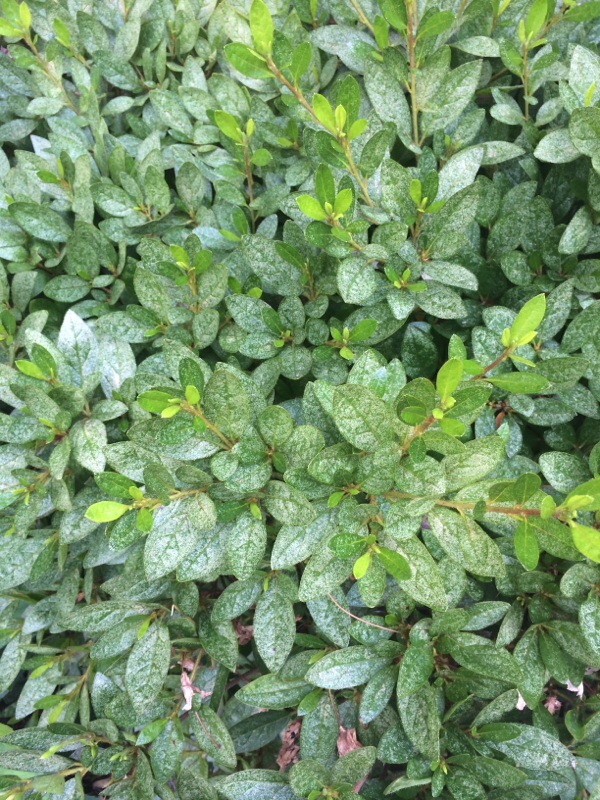
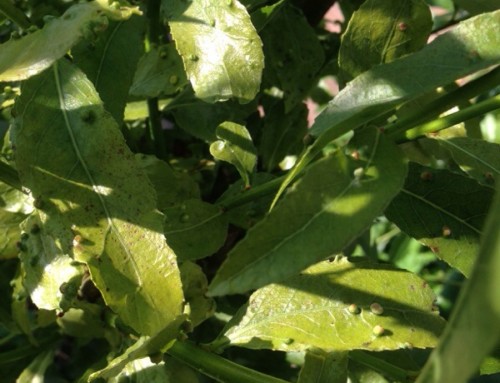
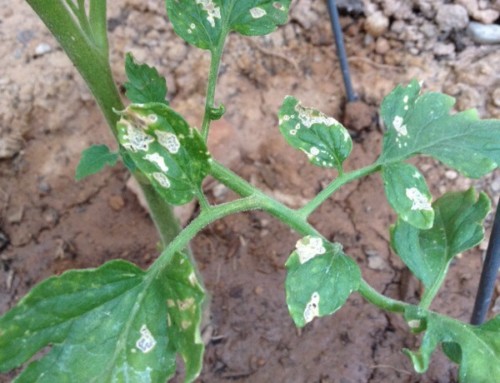
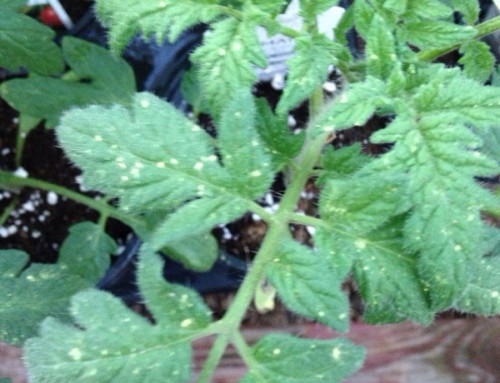
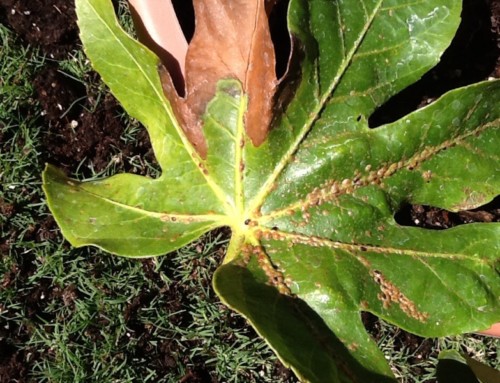
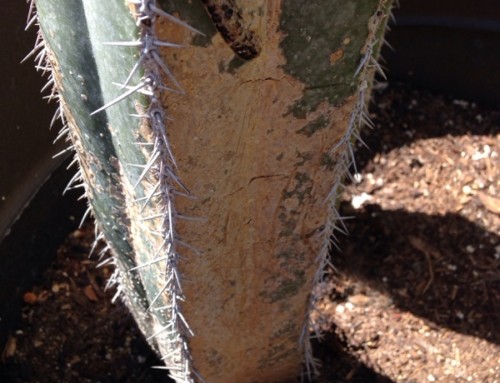
Leave A Comment